Sourav Pan
Transcript
Hey everyone! Let’s talk about Root-Knot Nematodes, or RKNs. These fascinating yet troublesome creatures are microscopic parasites that cause major headaches for farmers and gardeners worldwide.
Root-Knot Nematodes are microscopic, soilborne parasitic worms. They’re incredibly small – less than one millimeter long – but don’t let their size fool you. These tiny creatures pack a big punch when it comes to plant damage.
Here’s what a Root-Knot Nematode actually looks like under a microscope. Notice the elongated, worm-like body. This translucent creature may look harmless, but it’s a formidable plant parasite.
These nematodes are called ‘Root-Knot’ nematodes because of the distinctive knots or galls they create on plant roots. They invade the root system and disrupt the plant’s ability to absorb water and nutrients.
Here you can see what infected plant roots look like. Notice all those bumpy, irregular nodules covering the roots? Those are the root-knot galls caused by nematode infection. This damage severely impacts the plant’s health and productivity.
Root-Knot Nematodes are truly a global agricultural challenge. They affect over three thousand plant species and cause billions of dollars in crop losses every year. Understanding these microscopic pests is the first step in protecting our food systems and agricultural productivity.
Root-knot nematodes represent one of agriculture’s most devastating threats worldwide. Their impact extends far beyond individual farms, affecting global food security and economic stability.
The economic devastation is staggering. Root-knot nematodes cause over one hundred billion dollars in crop losses every single year worldwide. This represents one of the largest agricultural economic losses from any single pest group.
This problem spans every continent where agriculture exists. From North America to Asia, from Europe to Africa, root-knot nematodes threaten crop production across the globe. No agricultural region is immune to their devastating effects.
Let’s examine the specific impact on crop yields. This data shows that root-knot nematodes cause an average of twelve point three percent yield losses globally. Developing countries suffer even more, with losses reaching fourteen point six percent, while developed countries experience eight point eight percent losses.
The threat extends across virtually all crop types. Root-knot nematodes attack vegetables, fruits, field crops, tree crops, and ornamental plants. With over three thousand plant species affected, no agricultural sector is safe from their impact.
This combination of massive economic losses, global distribution, and wide host range makes root-knot nematodes one of agriculture’s most serious challenges. Understanding their impact is the first step toward developing effective management strategies.
Root-knot nematodes cause damage to plants by creating distinctive swellings called root-knot galls. Let’s examine how this process works and why it’s so harmful to plant health.
These yellow swellings you see on the infected roots are the root-knot galls. They form when nematodes invade the root tissue and cause abnormal cell growth, creating these characteristic bumps and knots.
Here’s what root-knot galls look like in real infected plant roots. You can see the characteristic swollen, bumpy appearance that gives these nematodes their name.
Think of the plant’s vascular system like a plumbing network. In healthy plants, water and nutrients flow freely through the roots and up to the leaves.
But when root-knot galls form, they act like blockages in this plumbing system. The swollen tissue restricts the flow of water and nutrients, creating a traffic jam that prevents proper plant function.
The disruption caused by root-knot galls leads to several serious problems for the plant. You can see the dramatic difference between healthy and infected plants.
The blocked flow of water and nutrients results in stunted growth, yellowing leaves, reduced yields, and overall plant stress. This is why root-knot nematodes are such a serious agricultural problem worldwide.
Understanding how root-knot galls disrupt plant function is crucial for recognizing nematode damage and implementing effective management strategies.
Understanding the root-knot nematode life cycle is crucial for effective management. These microscopic parasites go through six distinct stages as they develop from egg to adult.
The life cycle begins with the egg stage. Female nematodes lay hundreds of eggs in a protective gelatinous matrix around the root surface.
The egg hatches into the first juvenile stage, called J1. This stage molts quickly inside the egg shell before emerging.
Next comes J2, the second juvenile stage. This is the most important stage because J2s are infective – they’re the ones that actually invade plant roots and cause damage.
After infection, the J2 develops through two more juvenile stages: J3 and J4. During these stages, the nematode establishes feeding sites and continues growing inside the root.
Finally, the nematode reaches adulthood. Adult females become sedentary and swell up inside the root, while males may leave the root to find mates.
Here’s what this looks like in real infected roots. Notice the characteristic root-knot galls where the nematodes have established their feeding sites.
Remember these key facts about the RKN life cycle: there are six total stages, J2 is the critical infective stage, and the entire cycle occurs in soil and plant roots.
Understanding this life cycle helps us target control measures at the most vulnerable stages, particularly the infective J2 juveniles before they enter the roots.
Female root-knot nematodes have developed a remarkable reproductive strategy. Once they mature inside plant roots, they begin producing large numbers of eggs to ensure their species survival.
But these eggs aren’t simply released into the soil. Instead, female nematodes produce them within a special protective structure called a gelatinous matrix.
This gelatinous matrix is a sticky, jelly-like substance that serves as both a protective coating and a nursery for the developing eggs. Think of it like a natural egg case.
Now let’s look at what these eggs actually look like under a microscope. Here we can see the oval-shaped eggs that female nematodes produce.
Each of these oval structures is a single nematode egg. Notice how they’re scattered throughout the gelatinous material, which appears as the lighter background substance surrounding them.
The reproductive capacity of female root-knot nematodes is truly impressive. A single gelatinous matrix can contain hundreds of eggs – typically between 300 to 500 eggs per female.
This gelatinous matrix serves multiple critical functions. First, it protects the eggs from environmental threats like drying out, temperature fluctuations, and predators.
Second, the matrix provides optimal conditions for egg development, maintaining proper moisture and creating a microenvironment where the eggs can mature into infective juveniles ready to attack new plant roots.
The infection process begins when second-stage juveniles, called J2s, actively search for plant roots in the soil. These microscopic nematodes are attracted to chemical signals released by plant roots.
Once a J2 locates a suitable root, it uses its sharp stylet – a needle-like mouthpart – to penetrate the root surface. The nematode secretes enzymes that help break down the plant cell walls.
After penetration, the J2 must navigate through the complex internal structure of the root. Let’s examine a cross-section of the root to understand this journey.
The root has several distinct layers. The outer epidermis provides protection, the cortex stores nutrients, and at the center lies the vascular cylinder – the nematode’s ultimate destination.
The J2 migrates through the root tissues, moving between cells and sometimes through them, following a path toward the vascular cylinder. This journey can take several hours to complete.
Once the J2 reaches the vascular cylinder, it establishes a permanent feeding site. The nematode injects saliva containing proteins that reprogram the plant cells.
The nematode’s secretions transform normal plant cells into specialized giant cells that serve as nutrient sources. These giant cells are the foundation of what will become root-knot galls.
This infection process is highly efficient and allows root-knot nematodes to establish themselves inside plant roots, where they will continue to develop and cause significant damage to the plant’s vascular system.
Identifying root-knot nematodes accurately is the first crucial step in developing an effective management strategy. Scientists use several methods to identify these microscopic pests, and one of the most traditional approaches is morphological identification.
Morphological identification focuses on examining the physical features of female nematodes. The most important feature for identification is the perineal pattern, located at the posterior end of the female nematode.
Each species of root-knot nematode has a unique perineal pattern, like a fingerprint. These patterns can be striated with distinct lines, smooth and oval-shaped, or irregular with complex internal structures. Scientists use these distinctive patterns to identify different species.
The morphological identification process involves several careful steps. Scientists first extract female nematodes from infected root galls, then prepare special slides to view the perineal patterns. Under a microscope, they examine these patterns and compare them with established reference patterns to accurately identify the species.
The key takeaways from morphological identification are that perineal patterns serve as unique fingerprints for each root-knot nematode species. While this method requires skilled microscopy techniques, it remains a fundamental and widely-used approach for accurate species identification, which is essential for selecting the most effective management strategies.
When morphological identification isn’t precise enough, scientists turn to molecular diagnostic techniques. These methods use DNA analysis to create a unique fingerprint for each nematode species, providing much more accurate identification.
The first step is DNA isolation. Scientists extract DNA from nematode samples using specialized chemical processes. This gives us the raw genetic material needed for analysis.
Next comes PCR, or Polymerase Chain Reaction. This technique amplifies specific DNA sequences through repeated temperature cycles. The process involves three main steps: denaturation at high temperature to separate DNA strands, annealing at medium temperature for primers to bind, and elongation at optimal temperature for DNA synthesis.
The amplified DNA is then analyzed using gel electrophoresis. This creates a unique banding pattern – like a DNA fingerprint – for each nematode species. Scientists can compare these patterns to identify unknown samples with high precision.
Molecular diagnostic techniques offer several key advantages over traditional morphological methods. They provide high precision for species-level identification, deliver fast results in hours rather than days, and are objective and repeatable, making them the gold standard for nematode identification in modern laboratories.
Think of molecular diagnostics as creating a unique DNA fingerprint for each nematode species. Just like human fingerprints, these genetic patterns are distinctive and reliable, giving scientists the precision they need for accurate pest management decisions.
Another powerful method for identifying root-knot nematode species is isoenzyme phenotyping. This biochemical approach analyzes the unique enzyme profiles that different nematode species possess.
Enzymes are specialized proteins that catalyze specific biochemical reactions in living organisms. Each nematode species has its own unique set of enzymes with distinct activity patterns, much like a biochemical fingerprint.
The isoenzyme phenotyping process involves three main steps. First, nematodes are carefully extracted from soil samples. Then, enzymes are extracted from the nematode tissues. Finally, these enzymes are analyzed to create unique activity patterns.
Each root-knot nematode species produces a unique enzyme pattern, like a biochemical fingerprint. For example, Meloidogyne incognita, javanica, and arenaria each show distinct band patterns when their enzymes are analyzed.
Isoenzyme phenotyping offers several key advantages. It provides species-specific identification with high biochemical precision, and allows for quantitative analysis of enzyme activity levels, making it a reliable complement to other identification methods.
In summary, isoenzyme phenotyping is a valuable biochemical approach that analyzes the unique enzyme profiles of different root-knot nematode species. It provides reliable biochemical fingerprints and serves as an excellent complement to morphological and molecular identification methods.
Chemical control represents one of the primary management strategies for root-knot nematodes. Nematicides are specialized pesticides designed specifically to kill or suppress nematode populations in agricultural soils.
Nematicides are specialized chemical compounds that target nematodes through various biological mechanisms. Unlike broad-spectrum pesticides, these chemicals are specifically formulated to disrupt nematode physiology and reproduction.
Nematicides fall into three main categories. Fumigants are gas-based chemicals injected into soil that penetrate throughout the soil profile. Contact nematicides work through direct exposure and are applied as granules or liquids. Systemic nematicides are absorbed by plants and provide protection from within.
This field trial demonstrates the effectiveness of different nematicides. The treated sections show significantly better crop growth and development compared to the untreated control area in the center, which exhibits stunted and sparse plant growth due to nematode damage.
Several nematicides are commonly used in agriculture. Telone II is a popular fumigant applied before planting. Counter is a granular nematicide applied at planting time. Vydate is a systemic nematicide that can be applied to soil or foliage and is absorbed by the plant.
This diagram illustrates how nematicides function within the complex soil ecosystem. The chemicals interact with soil microorganisms, root exudates, and the nematodes themselves, creating a multi-layered approach to nematode suppression while affecting the broader soil microbial community.
While nematicides can be effective, they raise significant environmental concerns. These include potential contamination of soil and groundwater, negative impacts on beneficial soil microorganisms, human health risks from exposure, and the development of nematode resistance over time. Regulatory restrictions are becoming increasingly stringent.
To maximize effectiveness while minimizing environmental impact, several best practices should be followed. Always follow label instructions precisely, integrate nematicides with other pest management strategies, rotate between different modes of action to prevent resistance, and regularly monitor soil and water quality for contamination.
Chemical control through nematicides remains an important tool in managing root-knot nematodes, but it must be used judiciously. Environmental concerns and regulatory restrictions emphasize the need for integrated approaches that combine chemical control with other management strategies for sustainable nematode control.
Biological control represents a revolutionary eco-friendly approach to managing root-knot nematodes. Instead of relying on harsh chemicals, we harness the power of beneficial microorganisms that naturally suppress nematode populations.
Traditional chemical control relies on synthetic pesticides that can harm the environment and lead to resistance. Biological control offers a sustainable alternative using natural microorganisms that work in harmony with the ecosystem.
Three primary beneficial microorganisms lead the fight against root-knot nematodes. Each has unique mechanisms for suppressing nematode populations and protecting plant roots.
Bacillus species are soil-dwelling bacteria that produce powerful toxins harmful to nematodes. They form protective spores that can survive harsh conditions, making them excellent long-term biological control agents.
Purpureocillium lilacinum is a specialized parasitic fungus that directly attacks nematode eggs. By destroying eggs before they hatch, it significantly reduces nematode reproduction and population growth.
This microscopic image shows fungal hyphae attacking nematode eggs. The arrows point to fungal structures penetrating and destroying the egg contents, demonstrating biological control in action.
Pythium oligandrum is a unique mycoparasitic fungus that not only attacks nematodes directly but also enhances plant immunity. It forms a protective barrier around roots, making plants more resistant to nematode invasion.
This time-lapse sequence shows fungal hyphae actively growing and interacting with target organisms. The process demonstrates how beneficial microorganisms detect, attack, and suppress nematode populations through direct parasitism and toxin production.
Biological control represents the future of sustainable nematode management. By harnessing beneficial microorganisms like Bacillus, Purpureocillium, and Pythium, we can effectively suppress root-knot nematode populations while protecting our environment and maintaining healthy soil ecosystems.
Cultural practices offer effective, environmentally-friendly ways to manage root-knot nematodes without relying solely on chemicals. These methods work by disrupting the nematode life cycle and creating unfavorable conditions for their survival.
Crop rotation is a time-tested agricultural practice that involves growing different types of crops in the same field across different seasons or years. This method is highly effective against root-knot nematodes because it breaks their life cycle.
The rotation cycle typically involves alternating between host crops that nematodes can attack, like tomatoes, and non-host crops like wheat or legumes. When nematodes cannot find suitable host plants, their population naturally declines due to starvation.
Now let’s explore the second cultural practice: soil solarization, which uses the power of the sun to naturally sterilize soil.
Soil solarization is a natural soil sterilization technique that harnesses solar energy to heat the soil to temperatures lethal to nematodes and other soil-borne pests.
The process involves covering moist soil with clear plastic sheeting during hot weather. This creates a greenhouse effect that traps solar heat, raising soil temperatures to 40 to 50 degrees Celsius – levels that are lethal to root-knot nematodes.
Both crop rotation and soil solarization offer sustainable, cost-effective solutions for managing root-knot nematodes while improving overall soil health.
Cultural practices like crop rotation and soil solarization represent sustainable approaches to nematode management. They work with natural processes rather than against them, providing effective control while maintaining soil health and environmental safety.
Host plant resistance is one of the most effective and sustainable strategies for managing root-knot nematodes. Instead of relying on chemicals, we can breed plants that naturally defend themselves against these parasites.
The difference is dramatic. Susceptible plants develop root-knot galls when infected by nematodes, disrupting water and nutrient flow. Resistant plants have natural defenses that prevent or limit nematode infection.
Plant breeding for nematode resistance is a systematic process. First, scientists identify plants with natural resistance, often found in wild relatives or traditional varieties. Then they cross these resistant plants with high-yielding commercial varieties.
This historical report from 1980 shows early success in breeding resistant varieties. ‘Rutgers’ and ‘Nemared’ were among the first root-knot nematode resistant cultivars developed through traditional plant breeding methods.
Modern breeding uses advanced molecular techniques like RNA interference. Transgenic plants can be engineered to produce double-stranded RNA that specifically targets essential nematode genes, providing a new level of precision in resistance.
Host plant resistance offers multiple advantages. It’s sustainable, providing long-term protection without recurring costs. It’s environmentally safe with no chemical residues, and it’s easy for farmers to adopt – they simply plant resistant varieties.
Developing resistant varieties takes time – typically ten to fifteen years from initial crosses to commercial release. This long timeline is both a challenge and why we need to start breeding programs early, but the long-term benefits make it worthwhile.
Host plant resistance represents the most sustainable long-term solution for managing root-knot nematodes. By developing resistant varieties, we can reduce our dependence on chemical controls while providing farmers with an effective, environmentally friendly management tool.
Root-knot nematodes cause devastating economic losses that reach staggering proportions. The global agricultural industry loses over one hundred billion dollars every single year due to these microscopic parasites.
This economic impact spans the entire globe. Every continent with agricultural production faces significant losses from root-knot nematode infestations, affecting both developed and developing nations.
These massive losses affect three key groups. First, farmers face reduced crop yields and increased production costs. Second, consumers pay higher prices for food. Third, entire national economies suffer from reduced agricultural productivity and export revenues.
The economic losses stem from the physical damage these nematodes cause to plant roots. When you see root systems covered in galls and nodules like these, you’re looking at millions of dollars in agricultural damage happening at the microscopic level.
Here are the key economic facts to remember: Root-knot nematodes cause over one hundred billion dollars in losses annually. This represents roughly twelve percent of global agricultural production. The impact affects everyone from individual farmers to entire national economies, making effective nematode management crucial for global food security.
Root-knot nematodes have an incredibly wide host range, affecting over three thousand different plant species worldwide. This makes them one of the most versatile and problematic plant parasites on Earth.
This vast host range includes virtually every type of plant we depend on. Vegetables like tomatoes, potatoes, and carrots are all susceptible to root-knot nematode infection.
Major field crops are equally vulnerable. Soybeans, corn, and wheat – crops that feed billions of people – can all be severely damaged by these microscopic parasites.
Even valuable cash crops like cotton, tobacco, and sugar beet fall victim to root-knot nematodes, affecting agricultural economies worldwide.
Here we can see the actual damage these nematodes cause to plant roots. The small nodules visible on these roots are the characteristic galls formed by root-knot nematode infection.
This incredibly wide host range creates a major management challenge. Traditional pest control methods like crop rotation become ineffective when the pest can survive on virtually any plant species in the area.
The ability of root-knot nematodes to parasitize over three thousand plant species makes them a truly global agricultural threat, requiring comprehensive and innovative management strategies.
Root-knot nematodes don’t just damage individual plants – they have far-reaching effects on entire soil ecosystems. Understanding these broader impacts helps us see why RKN management is so critical for sustainable agriculture.
Healthy soil depends on complex nutrient cycling processes. Plants, microorganisms, and soil fauna work together to break down organic matter and make nutrients available to growing crops.
When root-knot nematodes infect plants, they disrupt these natural processes. The formation of root-knot galls interferes with nutrient uptake, while nematode feeding activities alter the chemical signals that coordinate soil microbial communities.
The complete soil food web shows how interconnected these systems are. Energy and nutrients flow from plants through bacteria and fungi, up to nematodes, insects, and larger organisms. When RKNs disrupt this flow, the effects cascade throughout the entire ecosystem.
The long-term consequences are significant. Soils affected by chronic RKN infestations show reduced organic matter, altered pH levels, and decreased water-holding capacity. This creates a cycle where weakened soil becomes more susceptible to further nematode problems.
Understanding these ecosystem-wide effects emphasizes why RKN management must consider soil health as a whole. Protecting beneficial soil organisms and maintaining nutrient cycling processes is just as important as controlling the nematodes themselves.
One of the biggest challenges in managing root-knot nematodes is their ability to develop resistance to our control measures. This creates an ongoing battle between pest management strategies and nematode adaptation.
Resistance occurs when organisms adapt and evolve to survive treatments that once controlled them effectively. This is a natural evolutionary response to selection pressure.
Just like bacteria can develop resistance to antibiotics through various mechanisms such as drug efflux pumps, target modification, and drug inactivation, nematodes can also develop resistance to nematicides.
Nematode resistance develops through a predictable process. Initially, treatments are effective, but some individuals may survive due to genetic variations. These survivors reproduce, passing on their resistance traits, and eventually resistance spreads throughout the population.
Plants have complex defense mechanisms including chemical barriers and immune responses. However, nematodes can develop resistance by modifying enzyme targets, increasing detoxification capabilities, altering behavior patterns, and through genetic mutations.
This creates an ongoing cycle of challenge. We develop new control methods that are initially effective, but resistance eventually develops, causing the control to fail. This forces researchers to constantly develop new strategies, making nematode management an ever-evolving field.
The key takeaways are that resistance is a natural evolutionary response, similar to antibiotic resistance in bacteria. This creates ongoing management challenges and requires constant development of new strategies, emphasizing the need for integrated pest management approaches.
One of the biggest challenges in managing root-knot nematodes is accurate diagnosis. The symptoms these microscopic pests cause often look identical to many other plant problems.
When farmers and gardeners see yellowing leaves, stunted growth, and poor plant vigor, their first instinct might be to assume it’s a nematode problem. But these symptoms are actually quite common and non-specific.
The problem is that many different factors can cause these exact same symptoms. This creates a diagnostic puzzle that can lead to incorrect treatment decisions.
Look at this chart showing different nutrient deficiencies. Notice how nitrogen deficiency causes yellowing leaves, just like nematodes. Potassium deficiency also causes leaf yellowing and poor growth. Magnesium deficiency creates similar symptoms too.
Each of these deficiencies can mimic nematode damage. Environmental stress, diseases, and even overwatering can produce the same yellowing and stunting that we associate with root-knot nematodes.
Here’s the challenge clearly illustrated. Farmers see these common symptoms, but there are actually six or more different possible causes. Without proper diagnostic methods, it’s impossible to know which one is the real culprit.
This uncertainty leads to misdiagnosis and inappropriate treatments. A farmer might apply expensive nematicides when the real problem is simply nitrogen deficiency, or they might add fertilizer when nematodes are actually destroying the roots.
The key takeaway is that accurate identification is absolutely essential. Visual symptoms alone are never enough to confirm root-knot nematode presence. Farmers and researchers must use proper diagnostic methods including microscopic examination, molecular techniques, and careful soil analysis before implementing any treatment strategy.
Scientists have developed revolutionary genome editing technologies that are transforming how we create plants resistant to root-knot nematodes. The most promising of these technologies is CRISPR/Cas9.
CRISPR/Cas9 is like molecular scissors that can precisely cut and edit DNA. It consists of two main components: a guide RNA that finds the target gene, and the Cas9 protein that acts as the cutting tool.
The guide RNA directs the Cas9 protein to the exact location in the DNA where we want to make changes. The Cas9 then cuts the DNA at that precise spot.
Plants have susceptibility genes, or S genes, that nematodes exploit to infect them. These genes essentially act as doorways that allow nematodes to enter and establish themselves in plant roots.
Using CRISPR/Cas9, scientists can precisely edit or disable these susceptibility genes. When these genes are modified, the plant becomes naturally resistant to nematode attacks without affecting its normal growth and development.
CRISPR/Cas9 technology represents a true game-changer for sustainable agriculture. Unlike traditional methods, it allows for precise, targeted editing without introducing foreign genes into plants.
Research is already showing promising results in crops like tomato and rice. Scientists are conducting field trials to ensure these edited plants perform well in real agricultural conditions while maintaining their natural resistance to nematodes.
The key takeaways are clear: CRISPR/Cas9 technology enables precise gene editing to target susceptibility genes, creating plants with natural nematode resistance. This represents a sustainable, environmentally-friendly alternative to chemical pesticides that could revolutionize how we protect crops from root-knot nematodes.
Vermicompost represents one of nature’s most effective solutions for controlling root-knot nematodes while improving soil health. This organic approach offers farmers a sustainable alternative to chemical nematicides.
Vermicompost is the nutrient-rich product created when earthworms decompose organic waste materials. These industrious creatures transform kitchen scraps, yard waste, and other organic matter into a dark, crumbly substance packed with beneficial properties.
The vermicomposting process involves several systematic steps. First, earthworms are collected and placed in specially constructed beds with organic waste. The worms consume the organic matter, and their castings are then separated and processed into the final vermicompost product.
Vermicompost acts as a natural nematicide through multiple mechanisms. It contains beneficial microorganisms that compete with and suppress nematode populations. The compost also releases natural compounds that are toxic to nematodes while being safe for plants and beneficial soil organisms.
Beyond nematode control, vermicompost significantly improves overall soil health. It increases organic matter content, enhances water retention, improves soil structure, and provides slow-release nutrients. This creates an environment where plants are naturally more resistant to nematode attacks.
For organic farmers, vermicompost is particularly valuable because it provides effective nematode control without synthetic chemicals. Studies show that vermicompost can reduce nematode populations by up to sixty percent while increasing crop yields. It’s cost-effective, environmentally safe, and can be produced on-farm using local organic waste.
The key takeaways are clear: vermicompost offers a natural, sustainable solution for nematode management. It works through multiple mechanisms, improves overall soil health, and provides excellent value for organic farming systems. As agriculture moves toward more sustainable practices, vermicompost represents a proven, environmentally friendly tool for managing root-knot nematodes.
Induced Systemic Resistance, or ISR, represents an innovative approach to protecting plants from root-knot nematodes. Instead of directly attacking the nematodes, ISR works by strengthening the plant’s own natural defense systems.
ISR is like training a plant’s immune system to be ready for attack. A normal plant has basic defenses, but an ISR-enhanced plant has activated, strengthened defenses that can better resist nematode invasion.
Two key compounds showing promise in ISR research are dehydroascorbic acid, or DHA, and L-threonic acid, or TA. These natural compounds can trigger the plant’s immune system, enhancing its natural defense mechanisms and providing systemic protection throughout the plant.
The ISR process works in four key steps. First, DHA or TA compounds are applied to the plant. The plant then recognizes these compounds as signals. This recognition activates defense genes throughout the plant. Finally, the plant develops enhanced resistance with stronger cell walls, improved chemical defenses, and better wound healing capabilities.
ISR offers several key advantages over traditional nematode control methods. It’s environmentally safe with no harmful chemicals, provides long-lasting protection that persists in the plant, offers systemic protection throughout the entire plant, and works naturally by enhancing the plant’s own defense mechanisms.
The key takeaways about Induced Systemic Resistance are clear. ISR enhances the plant’s natural immune system rather than attacking nematodes directly. DHA and TA are promising compounds that can induce this resistance. This approach provides an eco-friendly alternative to chemical treatments while offering systemic, long-lasting protection throughout the plant.
The future of root-knot nematode management isn’t about finding one perfect solution. Instead, it’s about combining multiple approaches in a coordinated systems approach that addresses the complexity of these agricultural pests.
A systems approach recognizes that no single control method can solve the root-knot nematode problem alone. Instead, we need to integrate chemical control, biological agents, cultural practices, resistant plants, soil health management, and monitoring into one coordinated strategy.
This systems approach is built on three pillars of understanding. First, we need deep knowledge of the nematode life cycle to identify when they’re most vulnerable. Second, we must understand plant-nematode interactions to know how plants defend themselves. Third, we need to comprehend the soil environment and how it affects both nematodes and beneficial organisms.
Understanding the soil ecosystem is crucial for effective nematode management. Nematodes exist within a complex food web where some species are harmful plant parasites, while others are beneficial predators that can help control pest populations. A systems approach considers this entire ecosystem when designing management strategies.
The future of root-knot nematode management requires collaboration between researchers, farmers, extension agents, industry, and policy makers. Each group brings unique expertise and perspectives that are essential for developing and implementing sustainable solutions.
We’re building on decades of research that have given us deep insights into root-knot nematodes. Now we’re applying this knowledge in revolutionary new ways, using modern tools like genome editing, advanced diagnostics, and sustainable biological controls to create more effective management strategies.
The key takeaways for the future of root-knot nematode management are clear. We need a systems approach that combines multiple control methods. Success requires deep understanding of nematodes, plants, and soil ecosystems. Collaboration between researchers, farmers, and industry is essential. Our ultimate goal is sustainability, and with these approaches working together, the future is bright for protecting our crops from these tiny but mighty pests.
Study Materials
No study materials available for this video.
Helpful: 0%
Related Videos
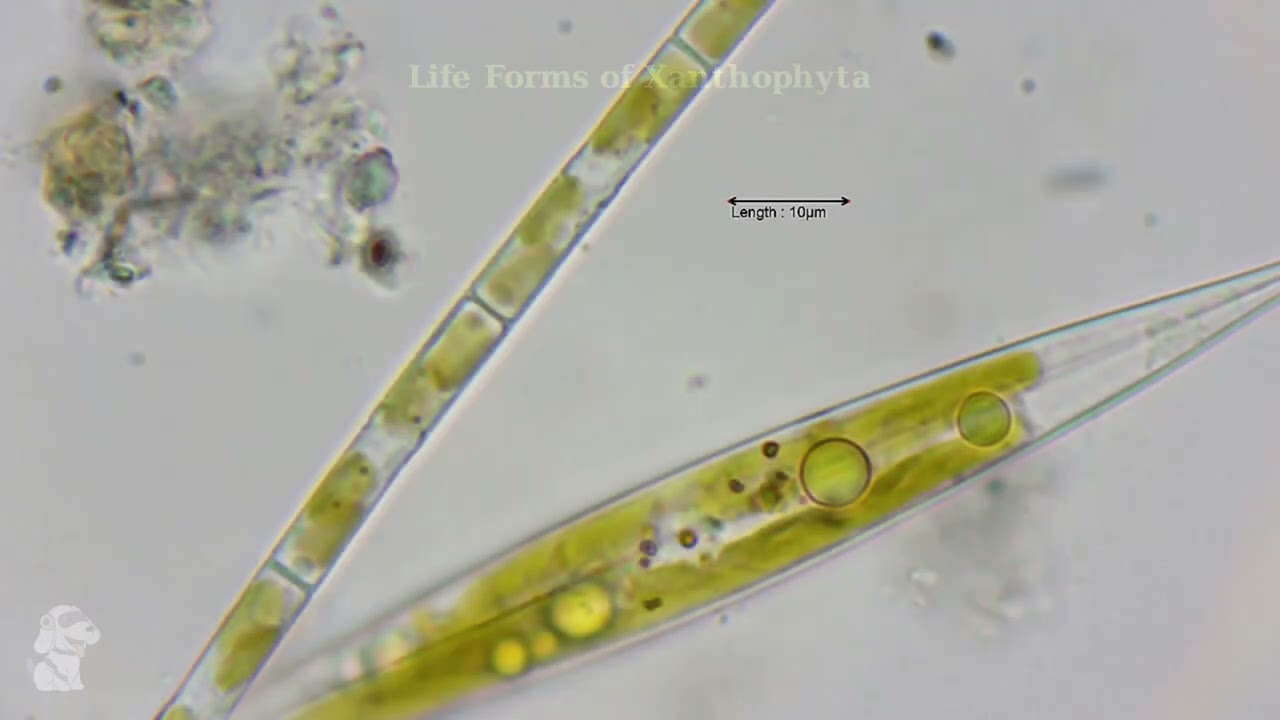
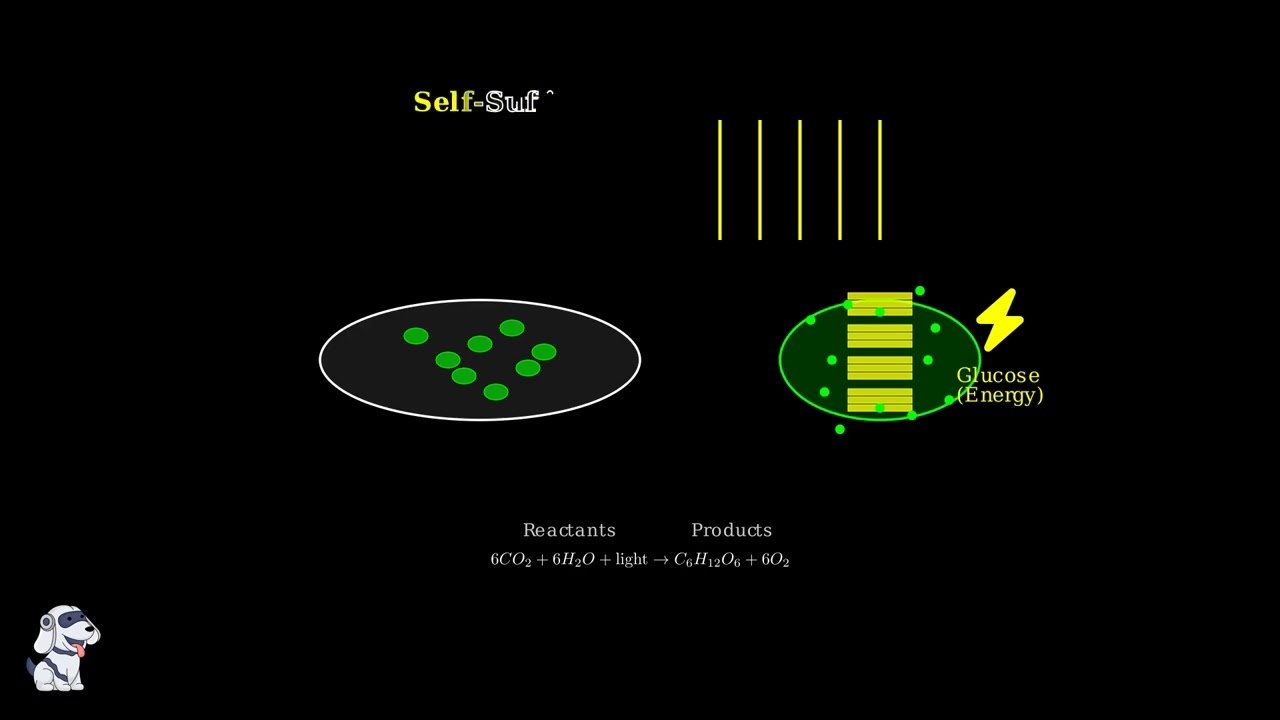
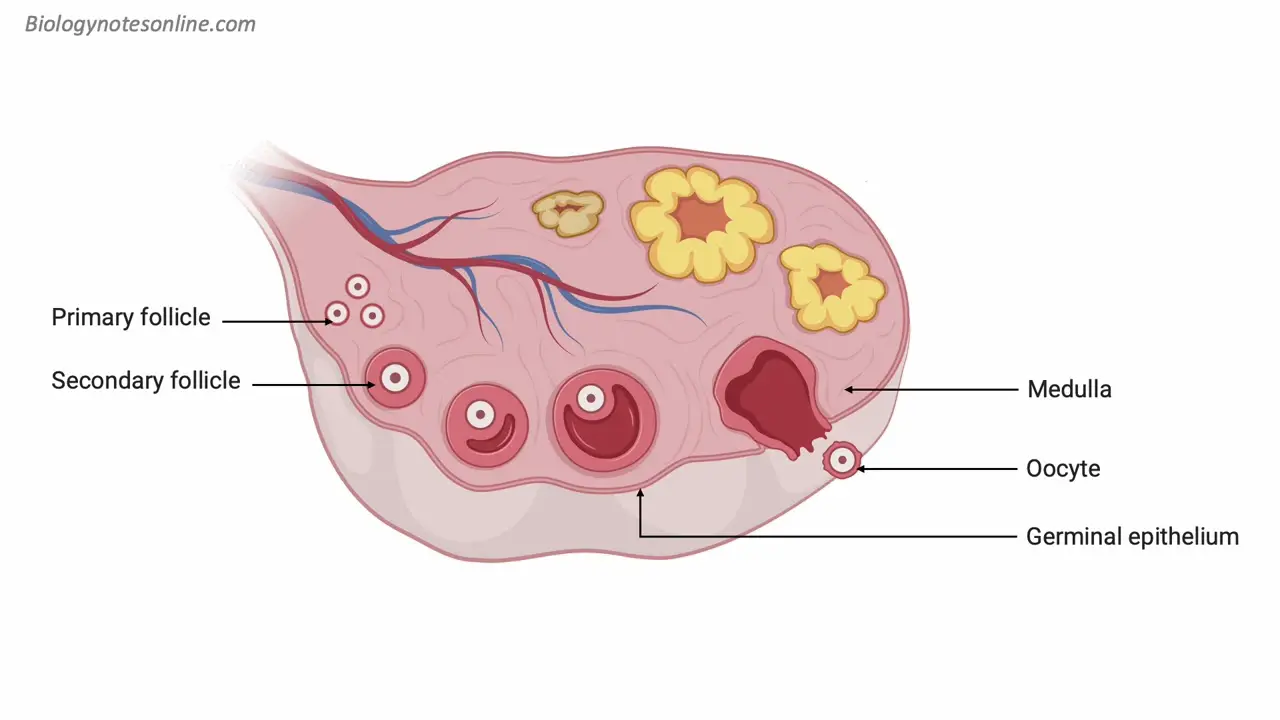
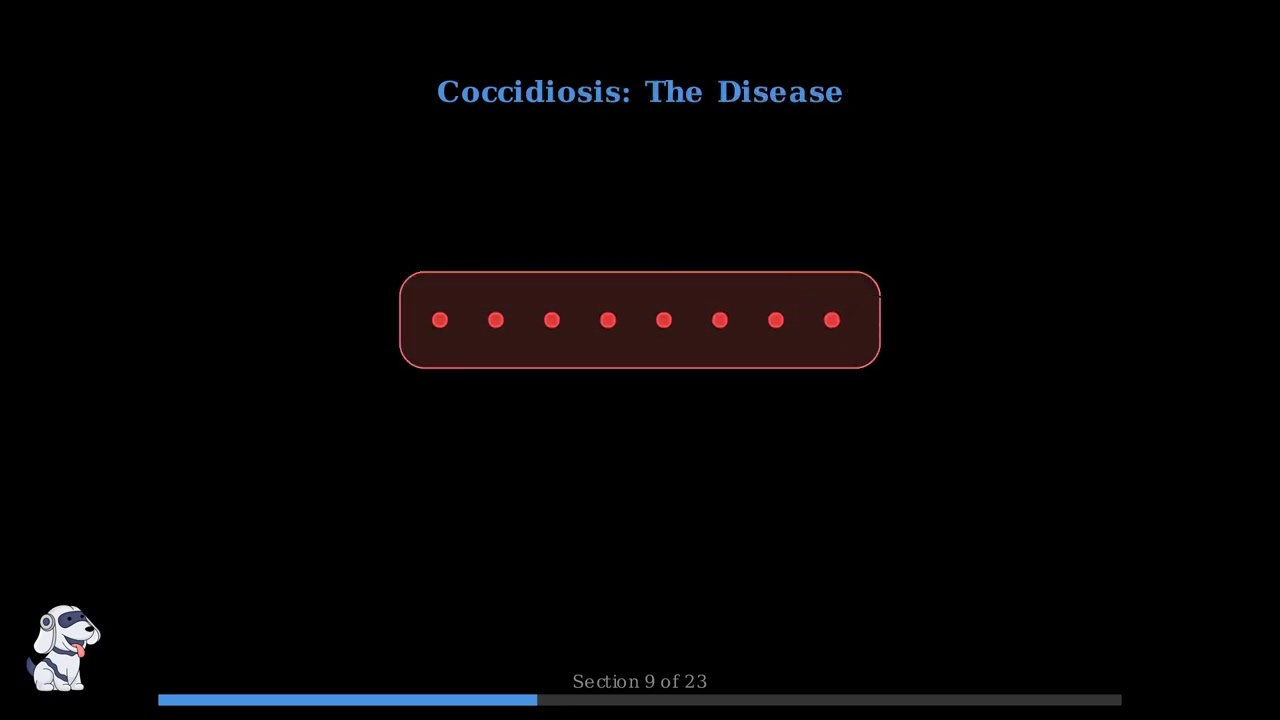
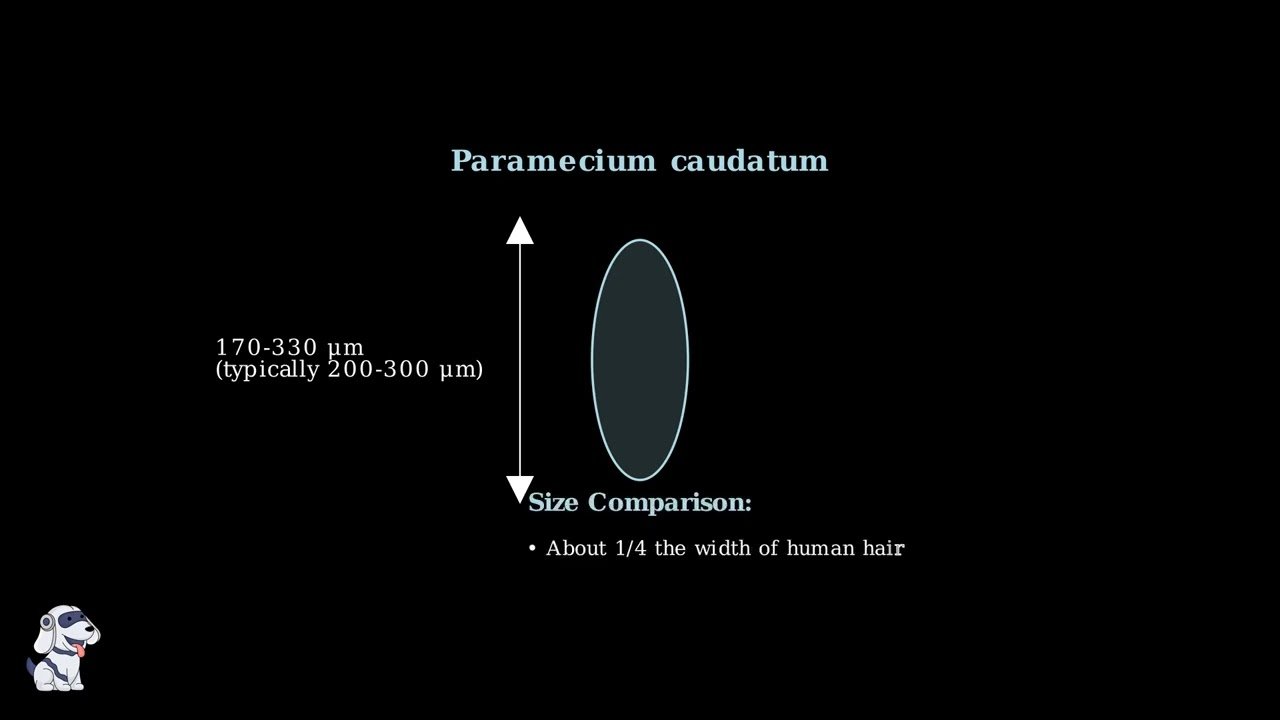

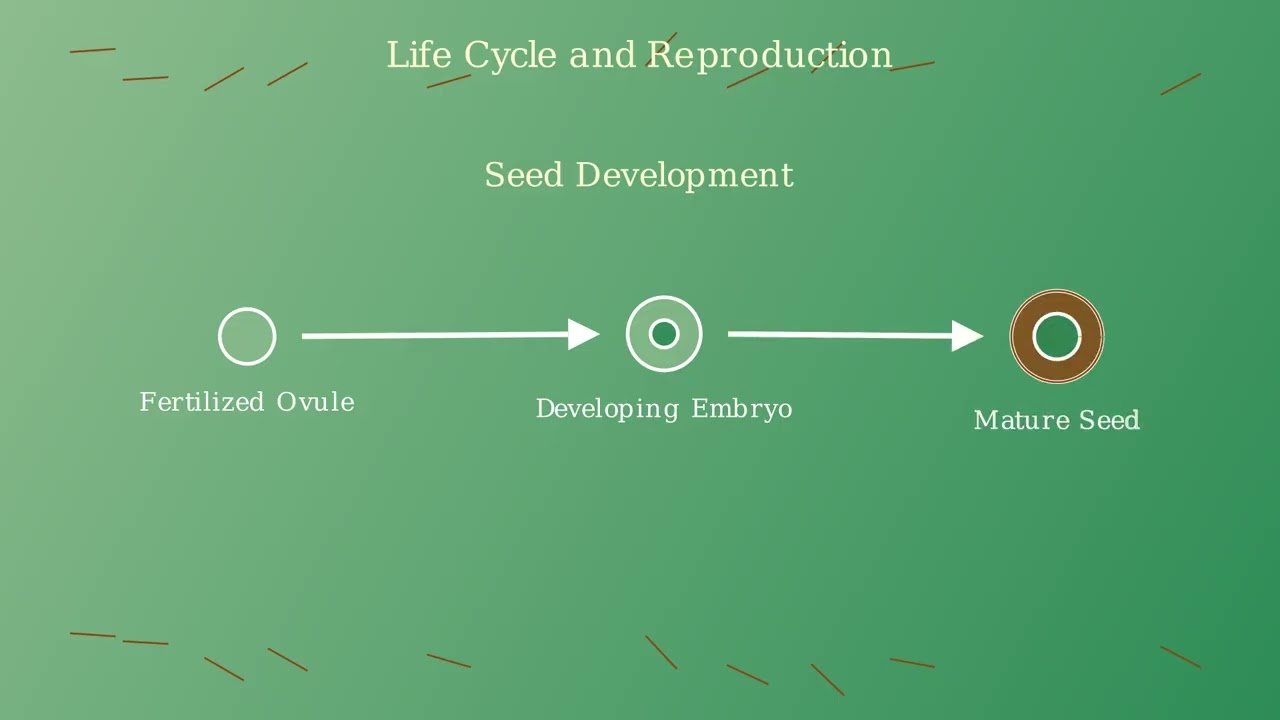

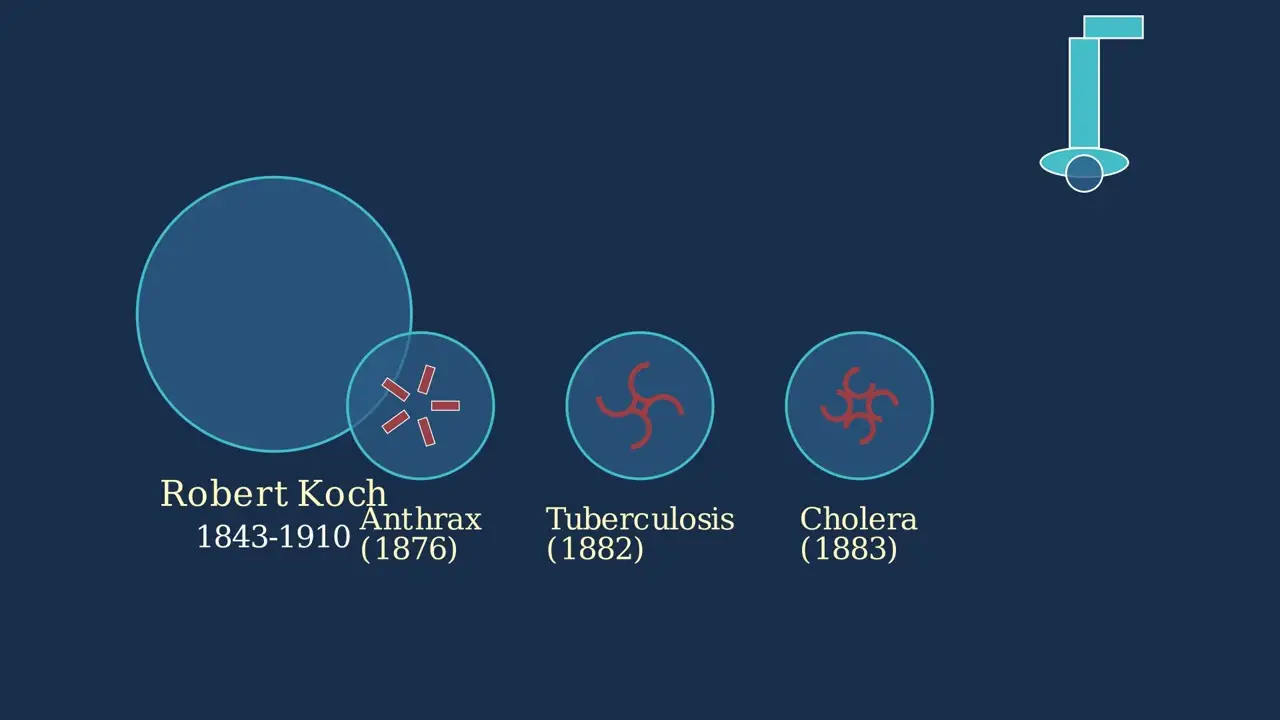
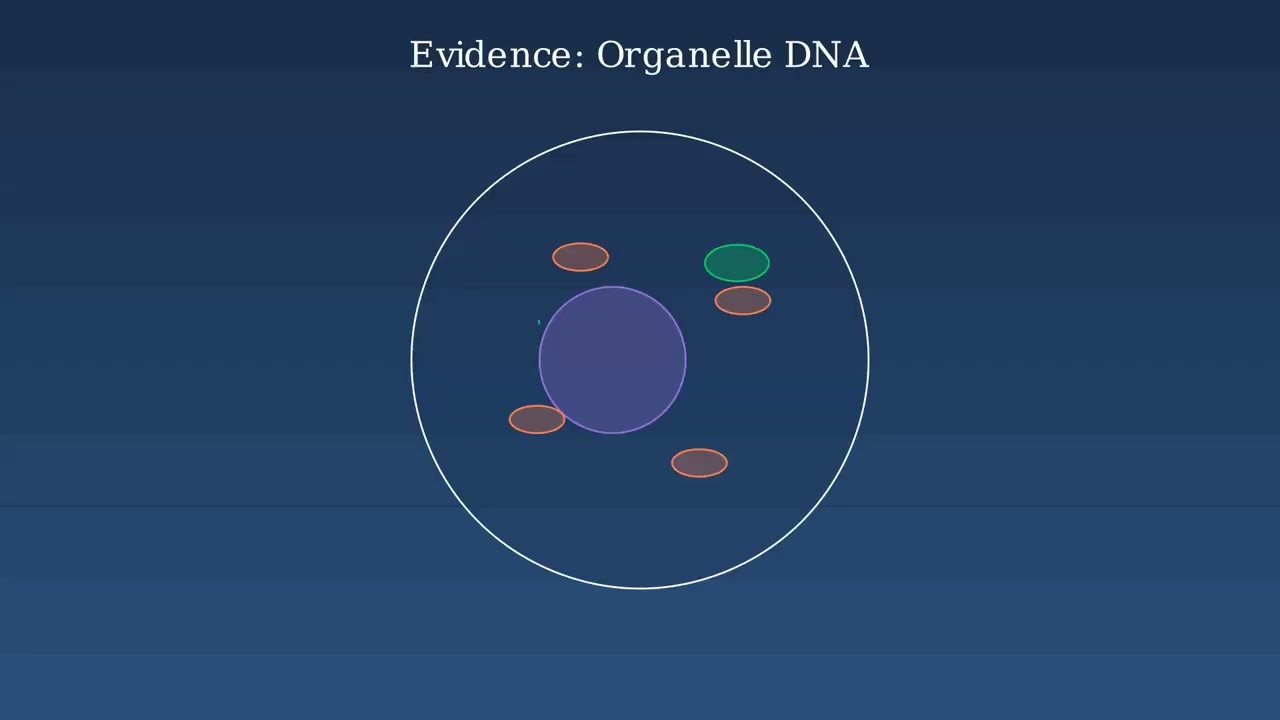
- Text Highlighting: Select any text in the post content to highlight it
- Text Annotation: Select text and add comments with annotations
- Comment Management: Edit or delete your own comments
- Highlight Management: Remove your own highlights
How to use: Simply select any text in the post content above, and you'll see annotation options. Login here or create an account to get started.